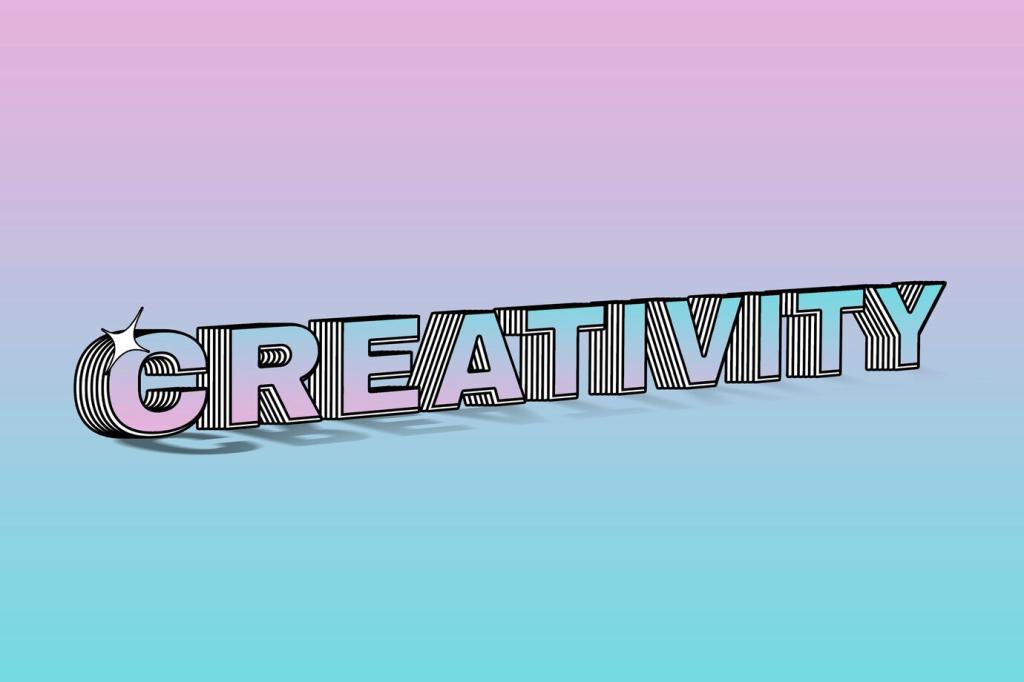Ethical Persuasion: Promise Honestly, Deliver Generously
Write the article first, then the headline. Let the core insight dictate the promise. When headline and content match, satisfaction rises and bounce falls. Invite readers to tell you whether your article exceeded the headline’s promise.
Ethical Persuasion: Promise Honestly, Deliver Generously
Tease the most interesting detail, but keep the central claim verifiable and clear. Mystery should invite, not mislead. Ask your audience which detail hooked them, then promote that element in your next headline draft.






